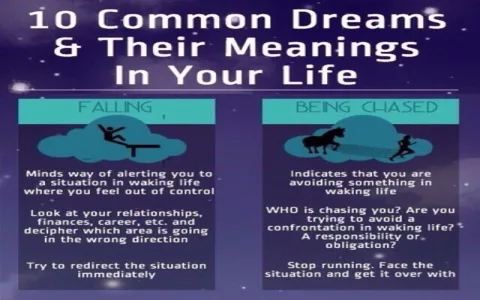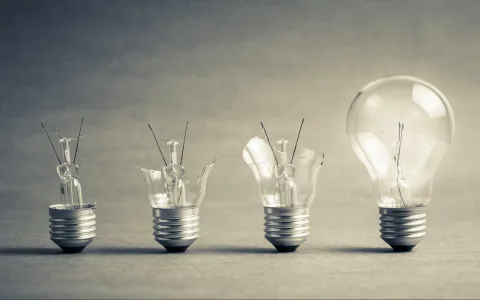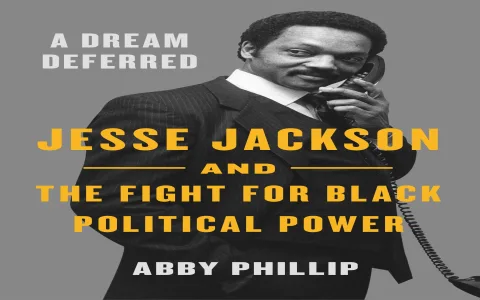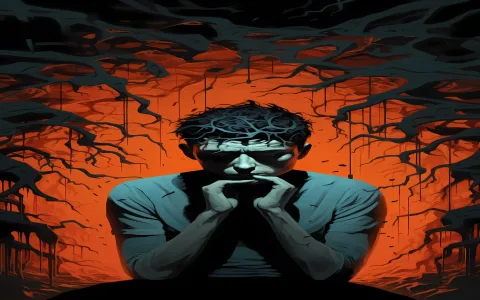Look, I know this sounds totally whack, but hear me out. I was stuck. Not just “oh, which movie should I watch” stuck. I was career stuck. I had two job offers on the table, and both were massive risks in their own way. One was a super solid corporate gig—big money, great benefits, but I knew I’d be bored stiff in six months. The other? A total roller coaster startup, half the pay, maybe zero benefits, but doing the kind of work that lights me up. I spent two weeks paralyzed, just cycling through pros and cons lists, driving myself and my partner absolutely nuts.
I needed a decision, fast. The corporate deadline was looming, and if I missed it, I’d lose the stability forever. My analytical brain had completely seized up. I realized that if I couldn’t solve this awake, maybe I needed to tap into something that wasn’t trying to calculate ROI.
Prepping the Mind: Asking for the Answer
I’ve always been a bit skeptical about dream interpretation, but I’d read this technique about using dreams strictly for practical, immediate advice—not psychoanalyzing your childhood, but just asking a direct question before you sleep and expecting an answer. I decided to try it. What did I have to lose besides a decent night’s sleep?
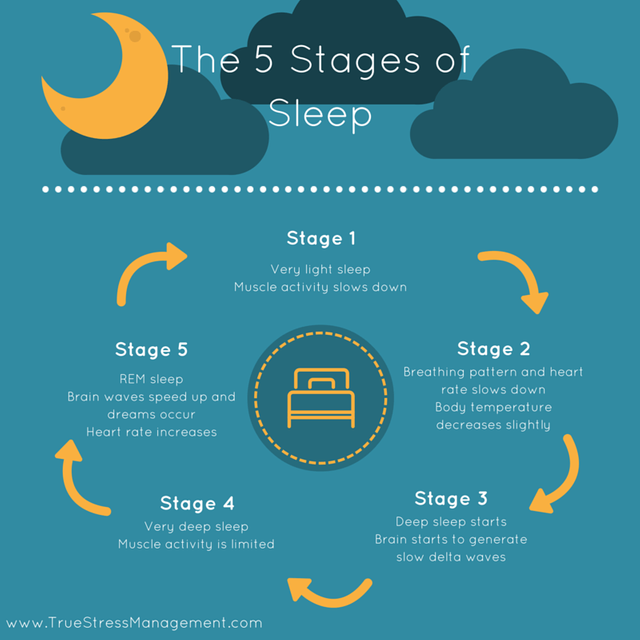
The process I set up was simple, designed to bypass all my daytime anxiety and spreadsheets:
- Step 1: Shutting Down the Data. I literally closed my laptop, shoved all my financial forecast printouts into a kitchen drawer, and refused to think about the numbers anymore. This was about feeling, not calculating.
- Step 2: Defining the Core Problem. I grabbed a notepad and, in huge, messy handwriting, wrote the specific question. It wasn’t “Which job makes me richer?” It was: “Which path leads to growth and the least long-term regret?” I kept it focused on personal value, not monetary value.
- Step 3: The Visualization Focus. I didn’t try to solve the problem while visualizing. Instead, I lay in bed, holding the piece of paper, and just imagined the weight of the decision being lifted. I visualized two blank doorways—one labeled ‘Safety,’ one labeled ‘Fire’—and told myself, “Show me which door to walk through.”
I taped the question right to my nightstand so it was the last thing I saw, and I went to sleep, mentally exhausting but focused on the request.
The Delivery: Interpreting the Advice Dream
The dream I got was intense and totally bizarre, exactly how these things usually go. It wasn’t abstract; it was strangely literal about the core feeling of the two paths.
I was standing in a massive, cold, echoing airport hangar. In front of me, there were two luggage carousels running side-by-side. The carousels weren’t carrying suitcases; they were carrying future versions of my work self.
The first carousel (the Corporate path) was pristine. Every figure riding it was wearing the same suit, holding the same leather briefcase, and they were cycling around smoothly, predictably, forever. I reached out and touched one of the briefcases. It was heavy, but when I looked inside, it was full of crumpled, faded receipts. The faces of these future selves were blank; they were just passing by.
Then I looked at the second carousel (the Startup path). This one was rickety and squeaked loudly, almost derailing. The figures riding it were dressed wildly—some in torn jeans, some in strange costumes—and they were fighting, laughing, and constantly jumping off and running in different directions before hopping back on. I saw myself, wearing a ridiculous helmet, waving frantically. I reached out and instead of a briefcase, the figure thrust something into my hand: a thick, tarnished old compass. It wasn’t pointing north; it was pointing straight up.
I woke up instantly, my hand actually clenched like I was still holding the compass. It was 3:45 AM.
Immediate Action: The Quick Decision
My first groggy thoughts were confused, but within minutes, the meaning became crystal clear. The corporate path, the predictable one, just offered me endless loops and receipts—proof of transactions, but no actual life lived. The future selves were empty vessels, just going through the motions. That feeling of touching the heavy briefcase full of useless paper was repulsive.
But the second path? Chaos, noise, movement, and risk. But it gave me the compass. The compass didn’t promise stability or riches; it promised direction, personal guidance, and elevation (pointing up). It told me that even if the route was messy, I wouldn’t be lost. I’d be steering myself, not just riding a carousel.
That was the emotional truth I needed. The dream cut through the data paralysis immediately. I didn’t spend another second debating. I realized I was terrifyingly close to choosing comfort over life.
I grabbed my phone right then and there. I sent a very short, polite rejection email to the corporate recruiter. Five minutes later, I called the startup founder (it was way too early, I know, but I didn’t care) and simply told him, “I’m in. Send the paperwork.” I committed fully, entirely based on a squeaky carousel and an old compass.
It worked. The startup was absolute mayhem for years, a true fire fight, but I found the growth and purpose I was looking for. That feeling of holding the compass was the guiding principle for every hard decision we made in the first year. Whenever I get stuck on a big choice now, I don’t look at P&L reports first; I ask my sleeping brain. It’s the fastest decision-making tool I have.
